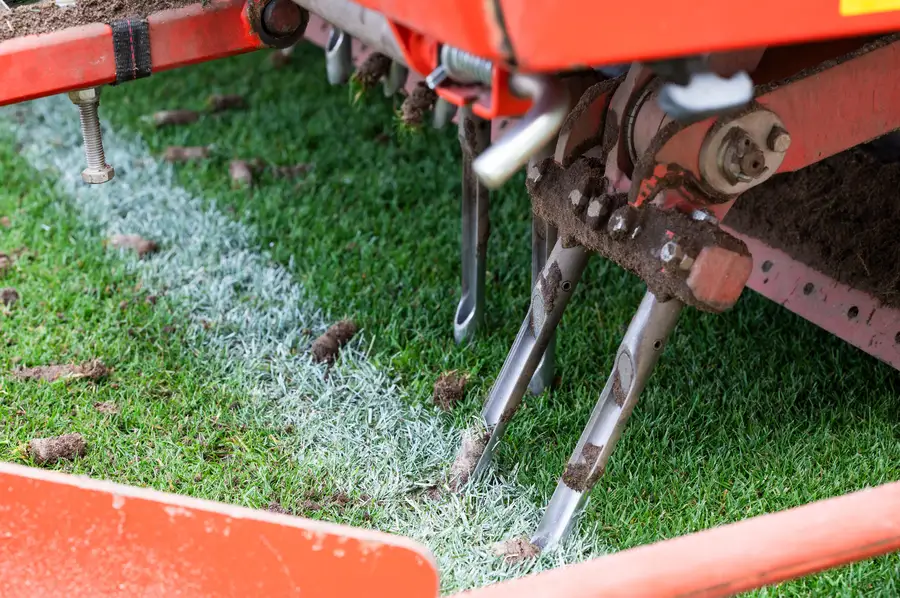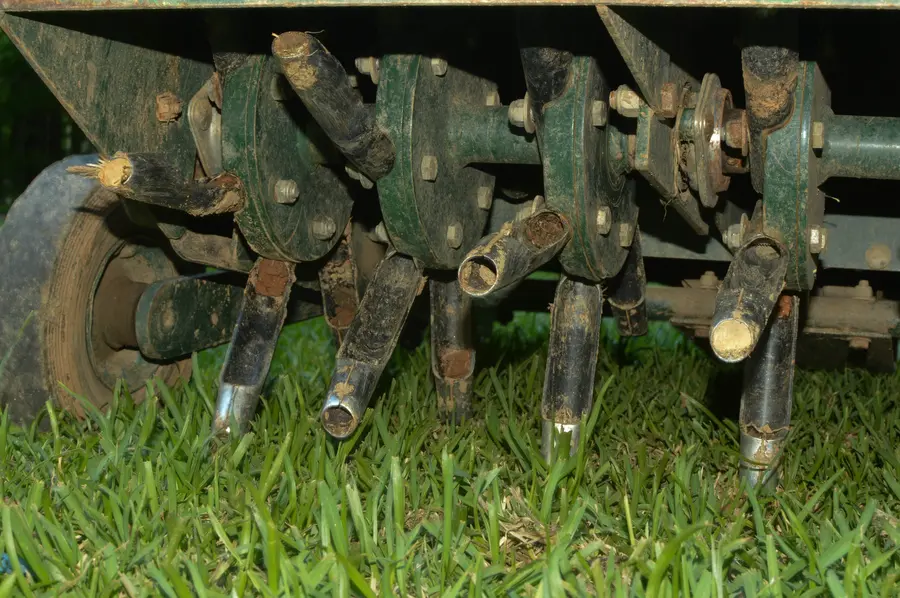Understanding the Role of Air in Soil Health
Lawn care enthusiasts often focus on watering and fertilizing, but there’s another crucial step that can significantly enhance your lawn’s health: introducing air into the soil. This process improves water absorption and nutrient intake, leading to a more robust grass root system. By understanding how air interacts with soil, you can tackle common issues like weeds and thatch build-up effectively.

How Aeration Can Help Your Lawn
lawn aeration involves creating small holes in the ground to allow air, water, and nutrients to reach deeper into the soil. This practice helps break down compacted soil and reduces thatch accumulation, which is the layer of dead grass and roots between the green grass and soil surface. When performed correctly, this technique promotes healthier growth and less competition from weeds.
Benefits of Reducing Thatch
Decreasing thatch is one of the major advantages of using lawn aeration. Excessive thatch creates a barrier that blocks water and nutrients from reaching grassroots. By regularly aerating, you help decompose this layer naturally. This not only strengthens the existing grass but also makes it difficult for weeds to establish themselves, as they thrive in poorly managed lawns with thick thatch.

Common Challenges in Weed Control
Tackling weeds can be quite challenging for homeowners. These plants are opportunists, thriving in conditions where grass struggles due to poor soil conditions or lack of nutrients. Weeds quickly take over areas where grass cannot compete. They spread fast, consuming resources meant for your lawn. Regular air introduction through the soil can create an environment where weeds find it harder to grow.
Simple Steps for Effective Aeration
To ensure your lawn reaps all the benefits of aeration, follow these steps:
- Select the right tool; spike aerators work well for smaller lawns while plug aerators suit larger areas.
- Aerate during the growing season when your grass is actively developing.
- Water your lawn thoroughly a day before aerating to make the soil easier to penetrate.
- Avoid excessive traffic on newly aerated lawns to prevent soil compaction.
Best Practices With Airing Tools
Using the right tools at the right time maximizes results. Ensure regular maintenance of your equipment to avoid damaging your lawn. If you’re uncertain about doing this yourself, professional services offer expert knowledge and equipment suited for different types of lawns. By adhering to industry standards, both DIYers and professionals alike can achieve impressive outcomes.
Cost Factors Associated With Aeration
Several factors impact the cost of aerating your lawn. The size of the area needing treatment usually influences price, alongside the type of machinery used. While it might seem like an added expense initially, proper aeration saves money in the long run by preventing extensive damage from weed infestations and maintaining healthy turf, thereby reducing future maintenance costs.
Conclusion: Take Action for a Healthier Lawn
Aerating your lawn presents numerous benefits beyond just improving its appearance. By integrating air into your soil management practices, you combat weeds and minimize thatch naturally. For tailored advice and services, contact Annapolis Valley Landscaping at (902) 698-3343. Our team, located in Highbury, NS, is dedicated to helping you maintain a lush, resilient lawn year-round.
